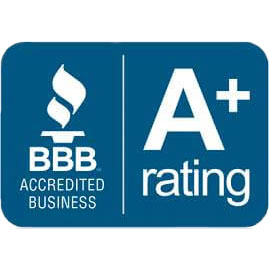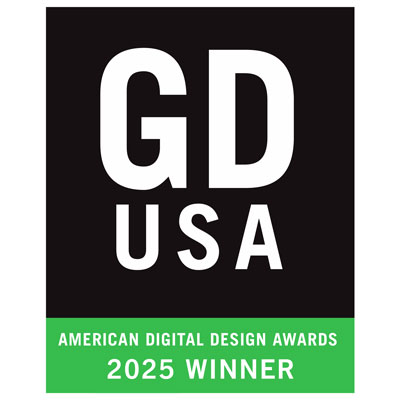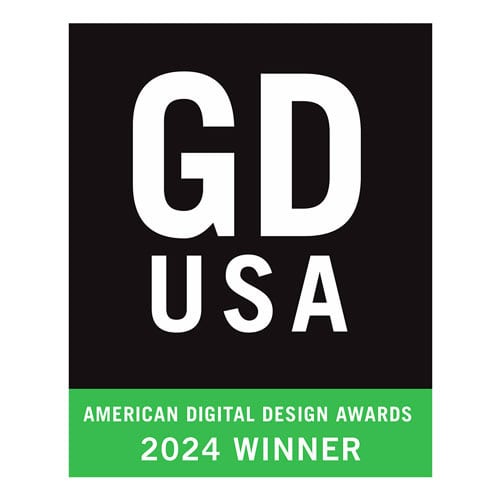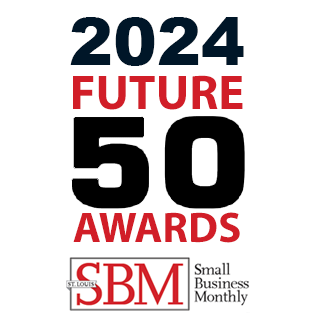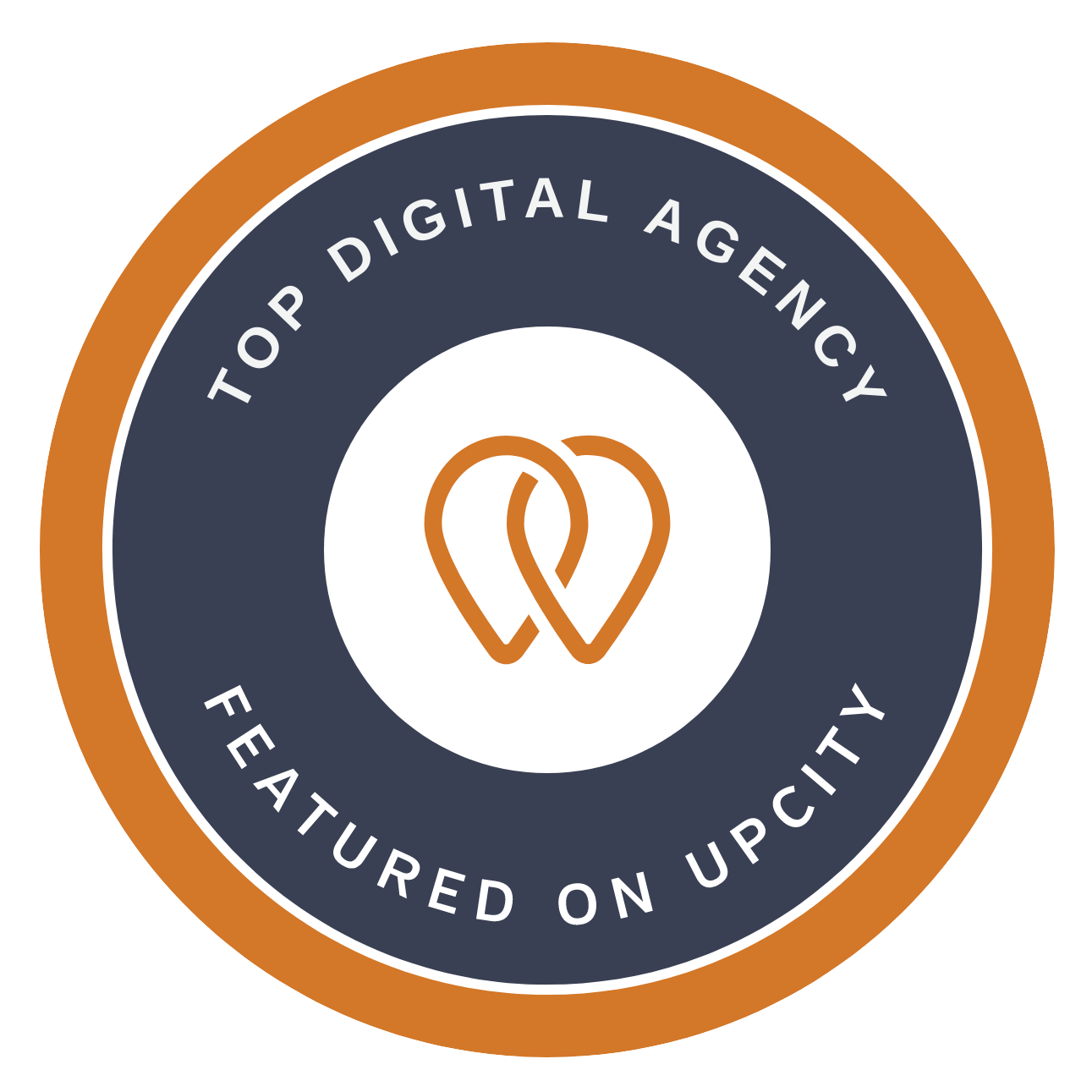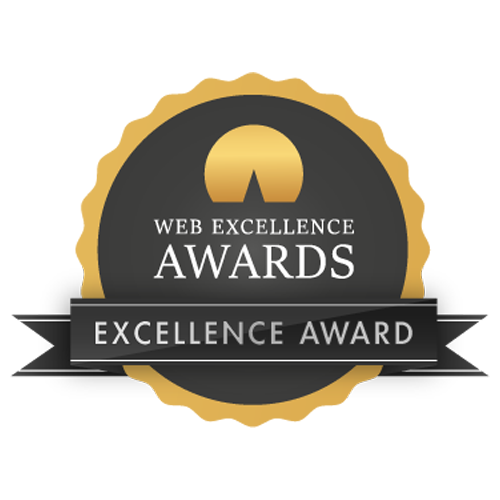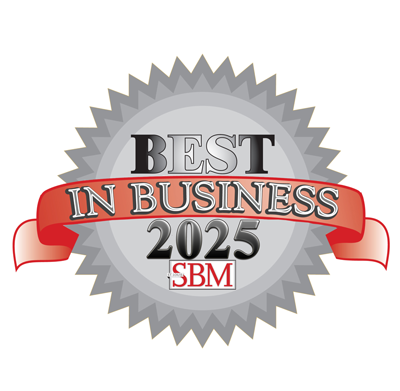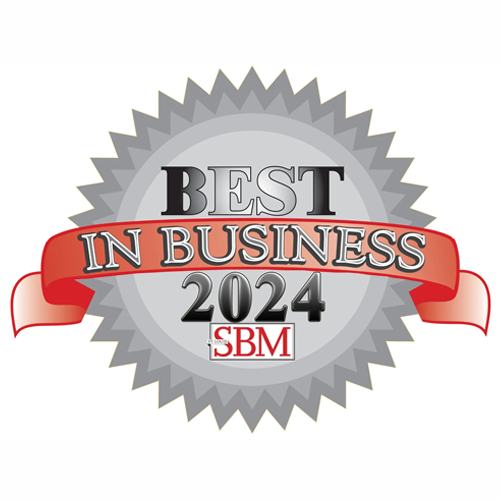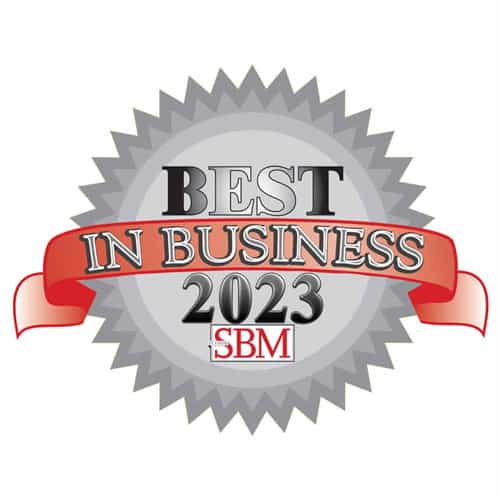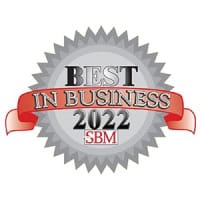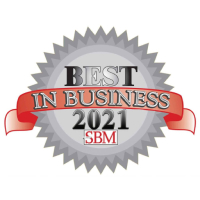AI SEO | Analytics & Reporting | Brand Strategy | Content Development | Email Marketing | PPC / Google Ads | SEO Services | Social Media | Web Design & Development
February 28, 2025 | Nikki Bisel
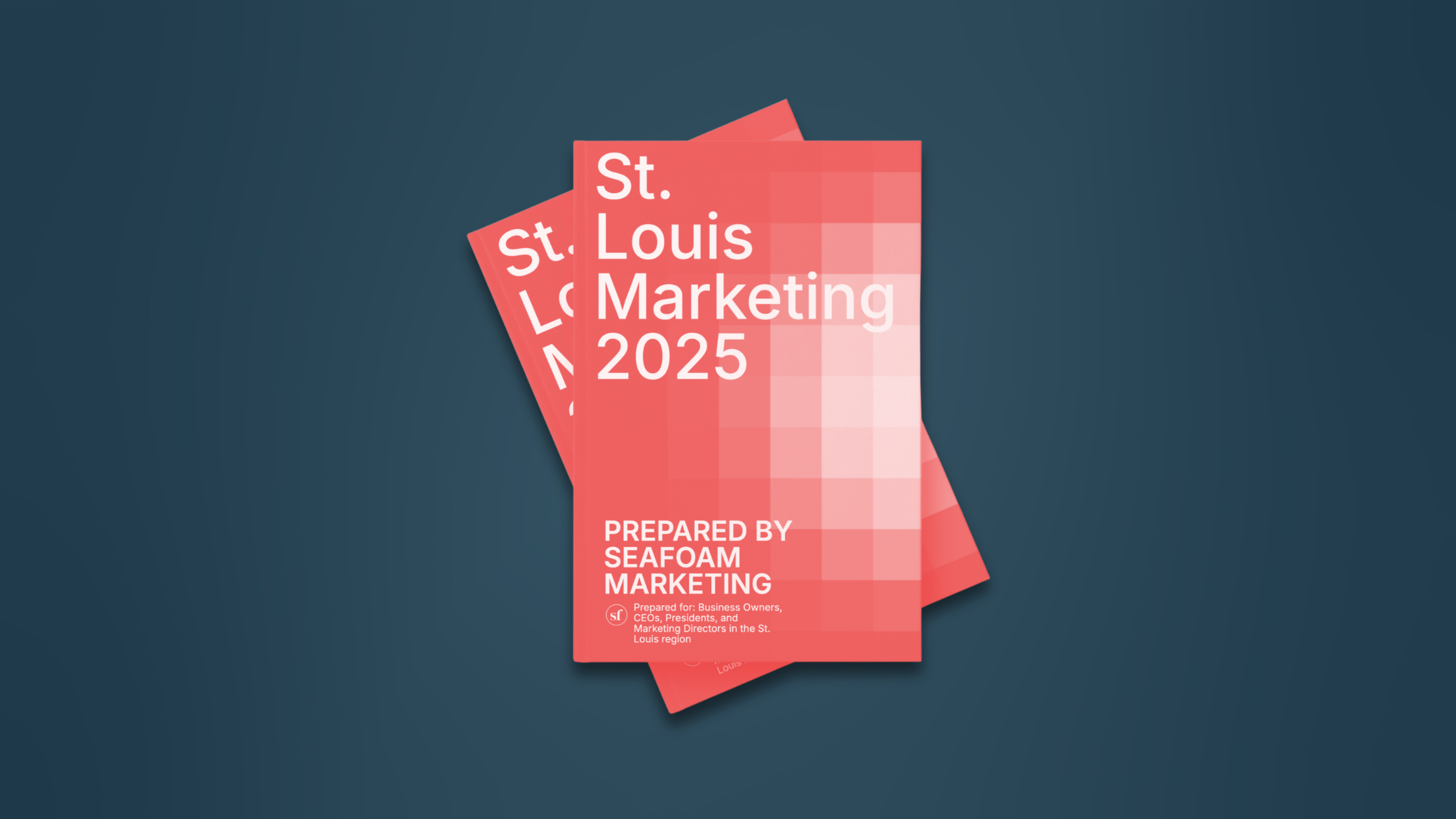
Prepared for: Business Owners, CEOs, Presidents, and Marketing Directors in the St. Louis region
Prepared by: Seafoam Marketing – A St. Louis Marketing Agency
In 2025, the St. Louis marketing landscape has entered a new era defined by rapid digital growth and evolving local consumer behaviors. With deep roots and years of experience in St. Louis, we’ve witnessed firsthand the shift from an era of billboard campaigns and print ads to one dominated by social media, search engines, and data-driven strategy. The COVID-19 pandemic was a pivotal accelerant of this change – forcing businesses in every industry to adapt almost overnight. What follows is an in-depth exploration of how St. Louis businesses are navigating this “new normal” in marketing, balancing the city’s proud local culture with the vast opportunities of the digital world.
Each section of this report delves into a key theme shaping our region’s marketing environment in 2025. You’ll find data from reliable sources, local examples, and insights drawn from years of marketing expertise. Our aim is to provide clarity and guidance – in plain language – on what these trends mean for you as business leaders, and how you can leverage them. From permanent post-pandemic transformations to budget benchmarks, creative economy influences, and the rise of AI, this report serves as a roadmap to the digital horizons ahead for St. Louis marketing.
Let’s begin by looking at how local industries have permanently changed their marketing strategies in the wake of the pandemic.
The COVID-19 pandemic upended “business as usual” and, in many ways, permanently reshaped how St. Louis companies reach their customers. In the early months of 2020, storefronts went dark and in-person events were canceled, but consumer demand didn’t vanish – it moved online. St. Louis businesses, from retail and restaurants to B2B manufacturers, responded by accelerating their digital transformation at an unprecedented pace. Many of these changes have proven to be lasting. In this section, we examine what that transformation looks like across industries and how our local trends compare to national averages.
One unique challenge for St. Louis businesses is balancing our strong sense of local community with the vast reach of digital channels. St. Louis has a proud, hyper-local culture – think neighborhood loyalty, Cardinals baseball traditions, 314 Day celebrations – and historically, a lot of marketing here has been very community-centric (sponsoring the local little league, ads on the local radio, flyers at the corner cafe). At the same time, digital marketing lets even a small St. Louis company have a national or global audience at its fingertips. This creates a kind of “local-digital divide”: how do you stay authentic and connected to St. Louis roots while also capitalizing on online scale? In this section, we analyze how businesses are bridging that divide, blending traditional St. Louis marketing approaches with modern digital tactics.

One of the most common questions we get from executives is: “How should we be allocating our marketing budget these days, and how do we compare with others in St. Louis?” This section tackles that question by looking at benchmarks for marketing spend. We’ll explore how businesses of different sizes and industries in the St. Louis area are divvying up their marketing dollars across channels, and how that aligns with what’s happening nationally. We’ll also compare the ROI (return on investment) of traditional channels versus digital channels, especially in the context of our local market. The goal is to give you a frame of reference – a check on whether you are under-investing or over-investing in certain areas, and which channels tend to deliver the best bang for the buck in St. Louis.
St. Louis has always had a creative undercurrent – from our rich music history (hello, blues and jazz) to a vibrant arts scene and a tradition of scrappy advertising agencies punching above their weight. In 2025, this creative economy is both a source of marketing firepower and a factor influenced by broader trends like talent migration. In this section, we’ll explore how the local creative talent pool is evolving (e.g., are we experiencing a brain drain or a creative influx?), and how St. Louis’s unique cultural assets are influencing brand storytelling. Essentially, we want to understand the people and cultural context behind the marketing – the designers, writers, videographers, and storytellers in St. Louis – and what that means for businesses crafting their brand narratives.
No 2025 marketing report would be complete without discussing artificial intelligence. AI has rapidly moved from a buzzword to a practical toolkit for marketers. In St. Louis, we’re seeing companies of all sizes dabble in AI – from using AI to automate routine tasks to leveraging data-driven insights that inform strategy. This section looks at how widely AI is being adopted in the local marketing scene, differences between big and small businesses in implementation, and some real-world applications tailored to St. Louis market challenges.
The St. Louis marketing landscape of 2025 is a dynamic blend of old and new, local and global, human and AI. We’ve traversed through how the pandemic permanently altered marketing strategies, catapulting even the most traditional businesses into digital channels. We examined the art of balancing tight-knit community marketing with the boundless reach of online platforms – a balance many St. Louis businesses are mastering through integrated campaigns that feel personal yet scale broadly. We dissected where the marketing dollars are flowing, noting the decisive tilt toward digital spend and the superior ROI those channels tend to deliver, especially when leveraged with the creativity and authenticity that characterize successful St. Louis campaigns. We also celebrated the creative economy that underpins our marketing efforts – the people and cultural narratives that give St. Louis marketing its soul – while acknowledging the importance of nurturing and retaining talent to keep that engine running. And finally, we peered into the fast-emerging world of AI in marketing, seeing how local firms are using it pragmatically to work smarter and meet the evolving expectations of consumers.
A few key takeaways for business leaders emerge from this report:
As we navigate this landscape, one thing remains clear: the fundamentals of good marketing still apply. Know your audience, offer genuine value, tell a compelling story, and build relationships. The channels and tools have evolved – and will continue to evolve – but these principles are our north star. St. Louis companies that adhere to them, while adapting to change, are finding success. A local business that responds to an online customer inquiry with the same care as if that person walked into the store is going to win fans. A CEO who allocates budget not just to the trendiest tactic, but to what aligns with their strategy and customer behavior, is going to see results.
Seafoam Media has been privileged to ride the waves of change in marketing over the decades, from the rise of the internet to the mobile revolution to now AI and beyond. Through it all, our mission has been to guide businesses with expertise and empathy – cutting through hype, focusing on clarity and results. We hope this report has armed you with knowledge and insight that feels actionable and relevant. The 2025 horizon is bright with opportunity for those willing to innovate and stay true to their brand’s character.
In closing, remember that St. Louis’ marketing landscape is as rich and robust as the city itself. It’s a landscape shaped by resilience (forged in post-pandemic adaptation), by community spirit (the glue that binds local loyalty), by creativity (the spark that makes campaigns memorable), and by innovation (the engine propelling us forward). As you chart your course in this landscape, lean on those strengths. Embrace the digital future, but bring your St. Louis values with you. In doing so, you’ll not only achieve greater marketing success – you’ll strengthen the bond between your business and the community it serves. And that is a horizon worth aiming for.


